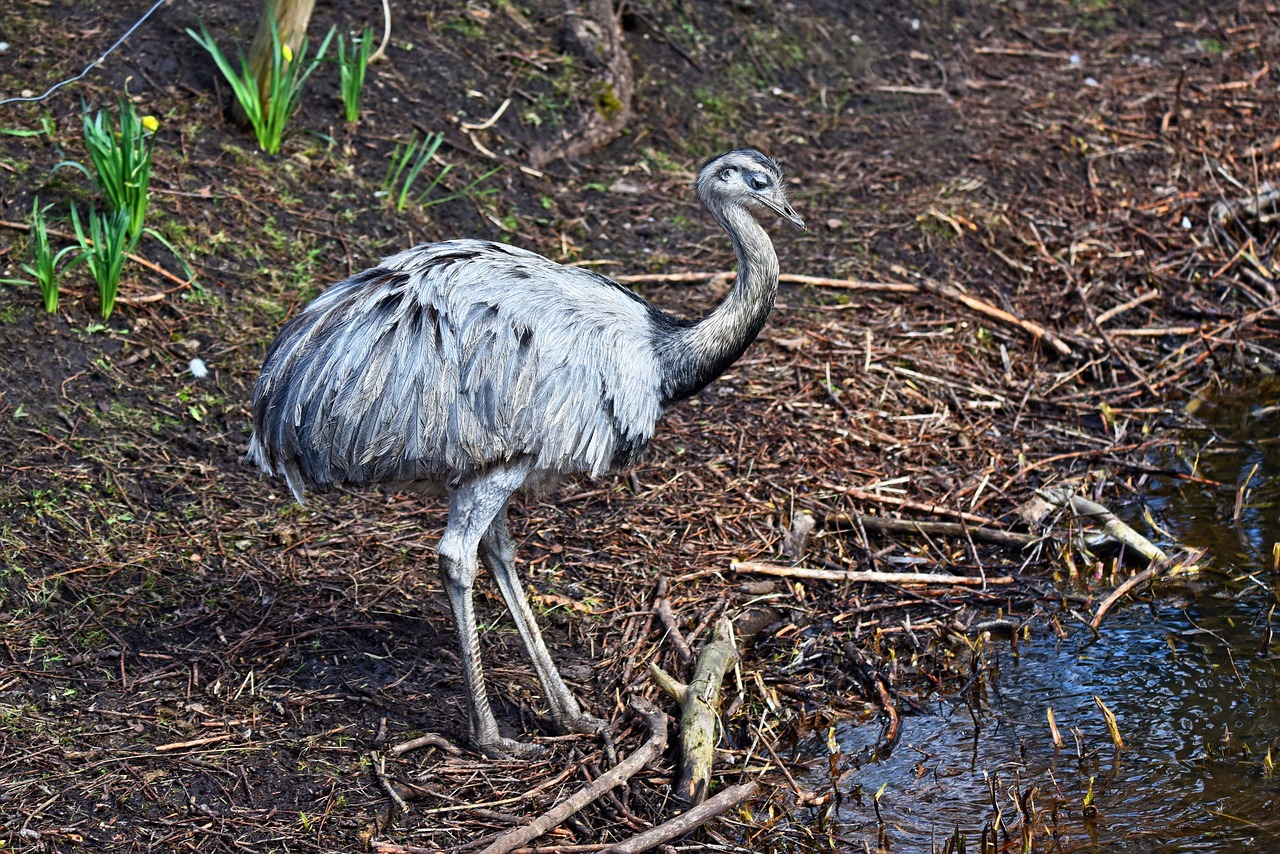Rhea, often referred to as Rheia, is a significant figure in Greek mythology, recognized as a Titaness and a maternal goddess. She is the progeny of Gaia (the Earth) and Uranus (the Heaven) and is revered as the mother of the prominent deities who inhabit Mount Olympus. Rhea shares a close association with Cybele, the Phrygian mother goddess, known in Roman mythology as Ops, who symbolizes fertility and the harvest.
Rhea’s most notable claim to fame is her role as the mother of the Olympian gods, particularly Zeus. She cunningly saved Zeus from being devoured by his father, Cronus. As an emblem of earth and fertility, Rhea commanded respect and worship throughout ancient Greece.
Origins and Heritage
Following Cronus’s victory over their father, he wed Rhea, and she became the mother of his many children. In Hesiod’s work, Theogony, Rhea is depicted as Gaia and Uranus’s daughter and is described as the sister of notable figures like Oceanus, Themis (Justice), Mnemosyne (Memory), Tethys (mother of the Oceanids), and Cronus, among others.
Uranus harbored disdain for his offspring, hiding them away beneath the earth’s surface so that they would never see light. In response to this oppression, Gaia devised a strategy to liberate her children; ultimately, it was Cronus who showed bravery by castrating their father. After attaining victory, Cronus wed Rhea and had several children with her.
In the verses of Hesiod, we learn of Rhea’s children with Cronus:
Rhea, forced by Cronus, bore majestic children: Hestia, Demeter, Hera—bright with gold—Hades, ruler of the underworld, and mighty Zeus, whose thunder stirs the earth.
Rhea and Zeus
Forewarned by Gaia and Uranus about a prophecy that foretold Cronus’s downfall at the hands of his offspring, Cronus swallowed each child at birth in a frantic act to prevent this fate. When Rhea was pregnant with Zeus, she sought refuge with her parents, wishing to spare him from the same grim fate. Following their advice, she journeyed to Crete, where she secretly gave birth to Zeus in a cave. To deceive Cronus, Rhea presented him with a stone swaddled in cloth, which he unsuspectingly gulped down.
While Zeus grew and was nurtured in Crete by nymphs, Rhea was hopeful that her son would be the one to defeat Cronus. Rhea’s ally, the Oceanid Metis, provided Zeus with a potion that led Cronus to regurgitate his offspring. This dramatic reversal liberated Rhea’s children, laying the groundwork for the rule of the Olympian gods.
Rhea and Dionysus
In classical lore, Dionysus is described as being born three times. His father, Zeus, appeared as a mortal and had an affair with his mother, Semele. Upon urging Zeus to reveal his true identity, Semele was consumed by the sight of his divine form. Consequently, Dionysus was nestled into Zeus’ thigh, leading to his divine reincarnation.
Following the revelation of Dionysus, Hera’s wrath led her to incite the Titans to dismember him. Some myths narrate how Rhea, as his grandmother, gathered his fragmented remains and restored him to life, concealing him as a ram to shield from Hera’s fury.
Rhea in Connection with Jason and the Argonauts
In the Argonautica authored by Apollonius Rhodius, a tale unfolds where the Argonauts, after an accidental tragedy on the island of the Dolionians, sought Rhea’s favor to quell tumultuous weather. Guided by the prophecy from a halcyon, they honored Rhea with ceremonies and offerings, resulting in the calming of the storm and a fruitful sign of her acceptance.
Involvement in Various Myths
Rhea’s presence graces multiple myths. In the Argonautica, while Zeus was being raised on Crete, Cronus engaged with the Oceanid Philyra, only to be caught by Rhea, prompting his hasty escape. The Homeric Hymn to Demeter recounts how Rhea was sent to retrieve Demeter following Persephone’s abduction by Hades, showcasing her role in maintaining divine harmony.
The Dactyls and Kouretes
According to some narratives, as she birthed Zeus, Rhea’s fingers embedded into the earth, birthing the Dactyls—five females and five males. The Dactyls were linked with the discovery of iron, while Rhea’s attendants, the Kouretes, safeguarded Zeus by drowning out his cries with chants and clashing shields.
The Connection Between Rhea and Cybele
Rhea’s association with Cybele solidified over time, particularly in the 6th century BCE, where they were often regarded as interchangeable entities. Both were exalted as mother goddesses, reinforcing Cybele’s identity while accentuating the ecstatic reverence expressed by their devotees. Initially distinct, Rhea and Cybele ultimately evolved into two aspects of the same divine presence.
Worship and Legacy
Rhea’s worship was widespread, with temples erected in her honor, including those in Athens and Olympia. Bulls, rams, and goats were typical offerings. Furthermore, the moon Rhea, discovered by Giovanni Cassini, pays tribute to her legacy.
Rhea’s enduring presence in mythology reflects her integral role as a mother and protector among the Titans and gods of ancient Greece.



